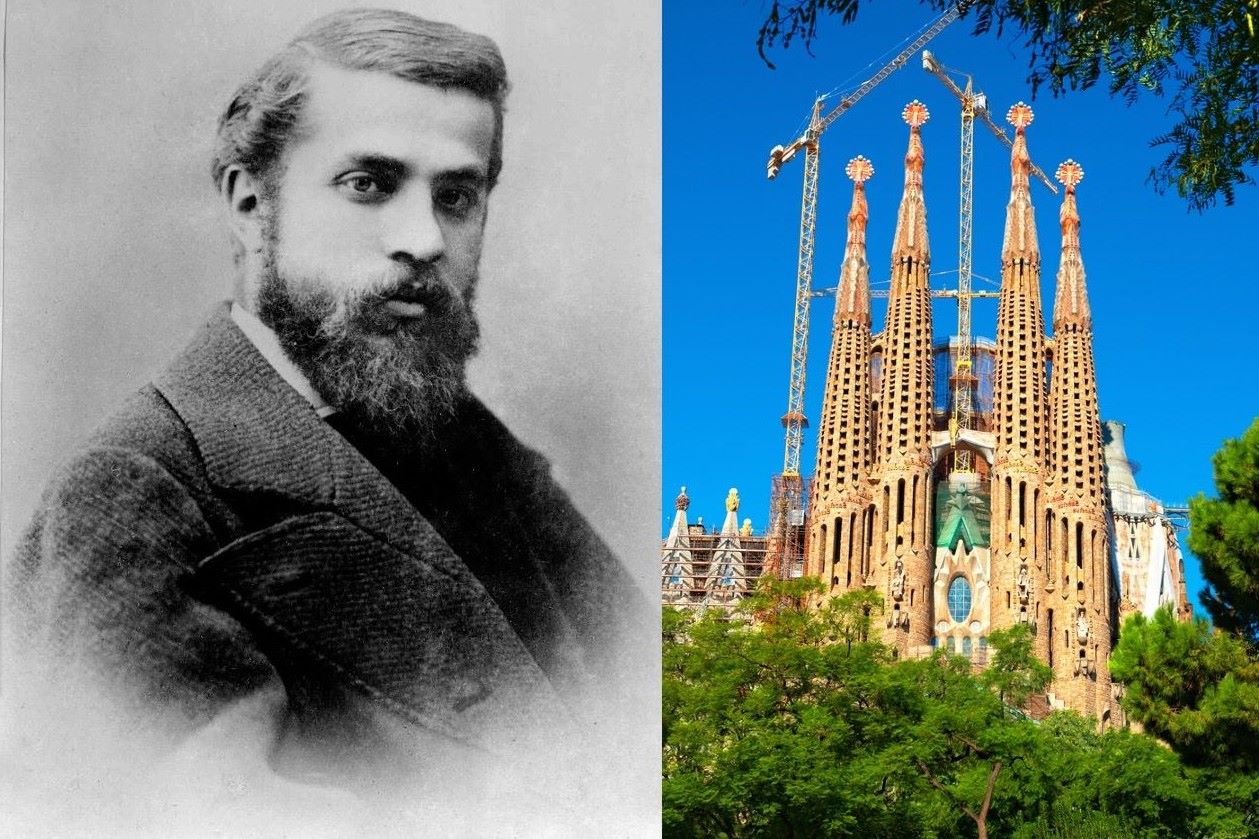
Antoni Gaudí, a name synonymous with unique architecture, left an indelible mark on Barcelona and the world. Ever wondered what makes his work so special? Gaudí's designs blend nature, religion, and modernism into structures that seem almost alive. From the towering spires of the Sagrada Família to the whimsical curves of Park Güell, his creations captivate millions. Did you know he was a pioneer in using recycled materials? Or that he was deeply spiritual, influencing his architectural style? Gaudí's life and work are filled with fascinating details that reveal his genius. Ready to dive into 15 intriguing facts about this architectural legend? Let's get started!
Antoni Gaudí: The Visionary Architect
Antoni Gaudí was a Spanish architect known for his unique and highly individualistic designs. His work has left a lasting impact on architecture and continues to inspire many. Let's dive into some fascinating facts about this visionary.
-
Gaudí was born on June 25, 1852, in Reus, Catalonia, Spain. His birthplace is often debated, with some sources claiming he was born in the nearby village of Riudoms.
-
He suffered from poor health as a child, which led him to spend a lot of time observing nature. This early connection with nature profoundly influenced his architectural style.
-
Gaudí graduated from the School of Architecture in Barcelona in 1878. His teachers were unsure about his future, famously saying, "We have given this academic title either to a fool or a genius. Time will show."
Gaudí's Unique Style and Inspirations
Gaudí's architectural style is characterized by its organic forms, vibrant colors, and intricate details. His inspirations were diverse, ranging from nature to religion.
-
Nature was Gaudí's greatest muse. He often incorporated natural forms and structures into his designs, such as the spiral shapes of seashells and the branching patterns of trees.
-
He was deeply religious, and his faith played a significant role in his work. Many of his projects, including the famous Sagrada Família, were inspired by his devotion to Catholicism.
-
Gaudí's use of color was revolutionary. He often used broken ceramic tiles, a technique known as trencadís, to create vibrant mosaics that adorned his buildings.
Iconic Works of Antoni Gaudí
Gaudí's architectural masterpieces are scattered throughout Barcelona, each showcasing his unique vision and creativity.
-
The Sagrada Família is perhaps his most famous work. Construction began in 1882 and continues to this day, with an estimated completion date of 2026.
-
Park Güell, originally intended to be a housing development, is now a public park filled with Gaudí's whimsical designs. It features colorful mosaics, undulating forms, and organic shapes.
-
Casa Batlló, a remodel of an existing building, is known for its skeletal facade and colorful, dragon-like roof. It is considered one of Gaudí's most imaginative works.
-
Casa Milà, also known as La Pedrera, is famous for its undulating stone facade and wrought-iron balconies. It was declared a UNESCO World Heritage Site in 1984.
Gaudí's Legacy and Influence
Gaudí's innovative designs and techniques have left a lasting legacy in the world of architecture. His influence can be seen in various modern architectural movements.
-
He pioneered the use of hyperbolic paraboloids, helicoids, and other complex geometric shapes in architecture, which were ahead of his time.
-
Gaudí's work has inspired many contemporary architects, including Frank Gehry and Santiago Calatrava, who have incorporated his organic forms and innovative techniques into their designs.
-
In 2005, seven of Gaudí's works were declared UNESCO World Heritage Sites, recognizing their cultural and historical significance.
Personal Life and Final Days
Despite his fame, Gaudí led a relatively modest and private life. His dedication to his work often took precedence over personal matters.
-
Gaudí never married and had no children. He was known for his simple lifestyle, often wearing old, worn-out clothes and eating frugally.
-
On June 7, 1926, Gaudí was struck by a tram in Barcelona. Due to his unkempt appearance, he was mistaken for a beggar and did not receive immediate medical attention. He died three days later, on June 10, 1926, and was buried in the crypt of the Sagrada Família.
Gaudi's Legacy Lives On
Antoni Gaudi's work continues to inspire and captivate people worldwide. His unique architectural style, blending nature, religion, and modernism, stands as a testament to his genius. From the towering Sagrada Familia to the whimsical Park Güell, Gaudi's creations are more than just buildings; they're pieces of art. His innovative use of materials and forms has influenced countless architects and designers. Even today, his unfinished masterpiece, the Sagrada Familia, draws millions of visitors annually, eager to witness his vision. Gaudi's dedication to his craft and his ability to think outside the box have cemented his place in history. Whether you're an architecture enthusiast or just someone who appreciates beauty, Gaudi's work offers something for everyone. His legacy is a reminder that creativity and passion can leave a lasting impact on the world.
Was this page helpful?
Our commitment to delivering trustworthy and engaging content is at the heart of what we do. Each fact on our site is contributed by real users like you, bringing a wealth of diverse insights and information. To ensure the highest standards of accuracy and reliability, our dedicated editors meticulously review each submission. This process guarantees that the facts we share are not only fascinating but also credible. Trust in our commitment to quality and authenticity as you explore and learn with us.


